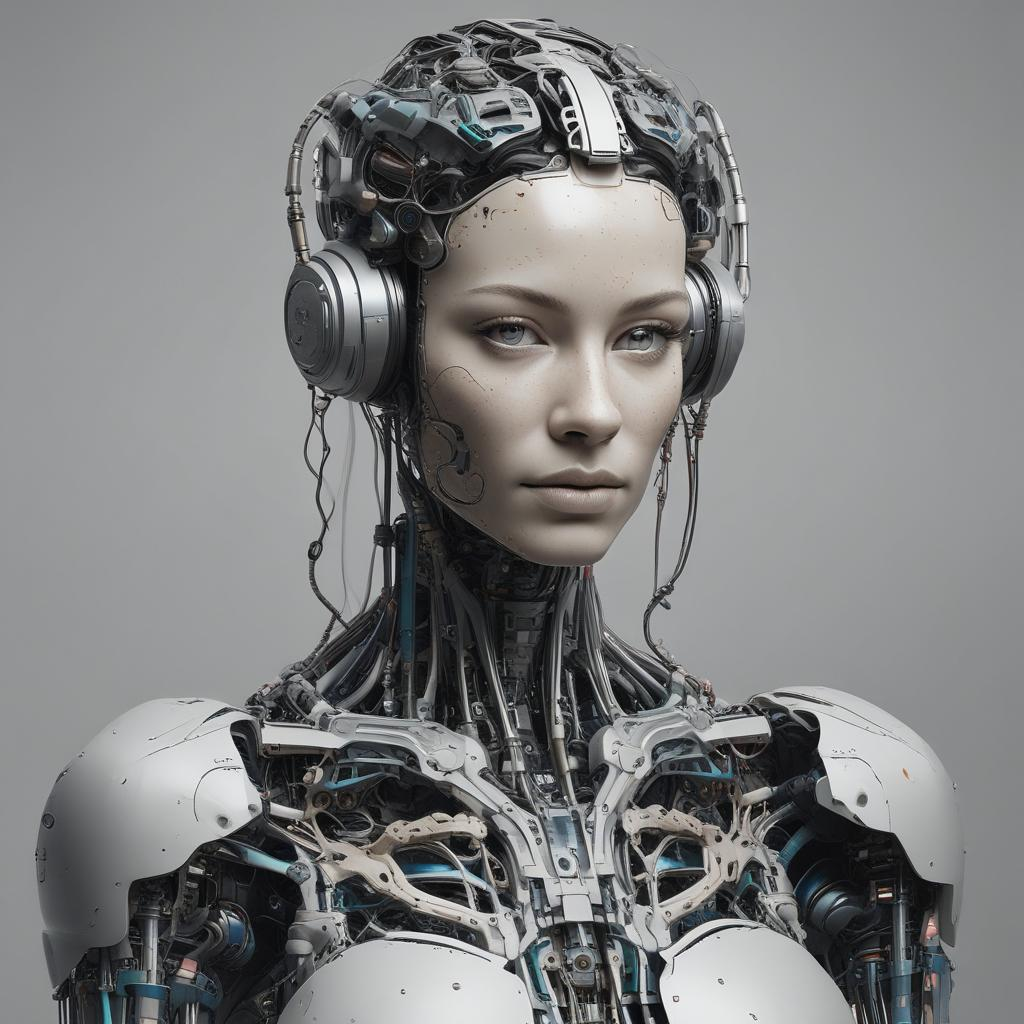Introduction to Artistic Autonomy in the Age of AI
The rise of Artificial Intelligence (AI) has transformed various industries, including the arts. AI technologies are tools to automate processes and collaborators in the creative process, capable of generating novel artworks, music, literature, and other forms of cultural expression. This brings us to an important discussion on artistic autonomy in the age of AI. How does AI influence artistic autonomy? Does it enhance or hinder the integrity and agency of human artists? Here, we explore the dynamics between AI and artists, offering insights and tips for navigating the evolving landscape.

Understanding Artistic Autonomy
Before diving into how AI impacts artistic autonomy, it's crucial to understand what artistic autonomy actually entails. Traditionally, artistic autonomy refers to the degree of independence an artist has in creating their work, free from external constraints or influences such as politics, market demands, and technology. It emphasizes the artist’s personal vision, style, and control over the creation process.
The Impact of AI on Artistic Autonomy
Artificial intelligence introduces both opportunities and challenges for artistic autonomy. On one hand, AI can serve as a powerful tool for expanding the capabilities and reach of human artists. On the other, it presents potential threats to the authenticity and originality of human art. The balance of this relationship depends on how artists and institutions choose to integrate AI into the creative process.
1. AI as a Tool for Enhancing Creative Potential
- AI can process vast amounts of data rapidly, providing artists with new insights and inspirations that were previously difficult or impossible to access.
- Through algorithms, artists can experiment with new styles, techniques, and forms, pushing the boundaries of traditional artistic practices.
- AI-driven tools like DALL-E, AIVA, and others allow artists to generate content quickly, and efficiently exploring complex themes or generating multiple iterations of a concept.
2. AI’s Role in Creating New Art Forms
- AI enables the creation of entirely new genres of art that blend human creativity with machine intelligence, such as AI-generated music, digital art, and interactive installations.
- These innovations can expand the scope of what is considered art, inviting a broader audience and creating new markets for artists.
- For example, Interactive AI art installations create immersive experiences dynamically shaped by audience interactions, offering a new level of engagement.
3. Autonomy vs. Collaboration
- The use of AI in art often raises questions about authorship and creative control. Who is the actual 'artist' when a piece is created using AI?
- Some view AI as a collaborative partner, suggesting a shared authorship that melds human intuition with algorithmic precision.
- Artists need to navigate how much influence they allow AI in their creative processes, ensuring that their personal artistic voice remains distinctive.
4. Ethical and Philosophical Considerations
- The integration of AI in art raises ethical questions concerning the originality and authenticity of art. Does using AI compromise these values, or does it bring a new dimension to them?
- Philosophical debates also swirl around the emotional depth of AI art. Can something created by algorithms truly convey human emotion and experience?
- Addressing these issues critically is important for maintaining the ethical standards and integrity of artistic communities.
5. Economic Implications
- AI can democratize art making, lowering barriers to entry and allowing more people to create and sell art. This can change the economic landscape by increasing the quantity of art available and potentially diluting the market.
- However, it can also create new value for highly original and uniquely human art, emphasizing the irreplaceable qualities of human creativity.
- Artists must navigate these economic conditions by finding unique niches or leveraging AI to create more compelling or competitive artworks.
6. Up through Skills Development
- To maintain autonomy and relevance in the age of AI, artists must continually update their skills, not just in traditional artistic techniques but also in understanding and utilizing AI tools.
- Workshops, online courses, and collaborative projects can help artists both technically and conceptually engage with AI in art.
- This ongoing education will empower artists to take full advantage of AI technologies while safeguarding their unique artistic voices.
7. Future Prospects and Innovations
- The future of artistic autonomy in the age of AI will likely see further blending of human and machine creativity, leading to unprecedented forms of art.
- Emerging technologies such as virtual reality, augmented reality, and further advancements in AI can open new avenues for artistic expression and engagement.
- Staying informed about these technologies and reflecting on their implications will be crucial for artists as they navigate this evolving landscape.
Conclusion
Artistic autonomy in the age of AI is a multifaceted and evolving issue, blending opportunities and challenges for artists. As AI continues to develop and integrate further into the art world, artists must adapt and make informed decisions about how to use these technologies. By maintaining ethical standards, preserving human uniqueness, and continually developing their skills, artists can form a harmonious relationship with AI, utilizing its capabilities to enhance and expand their creative expressions while retaining the essence of human artistry.


.jpg)






.jpg)



0 Comments